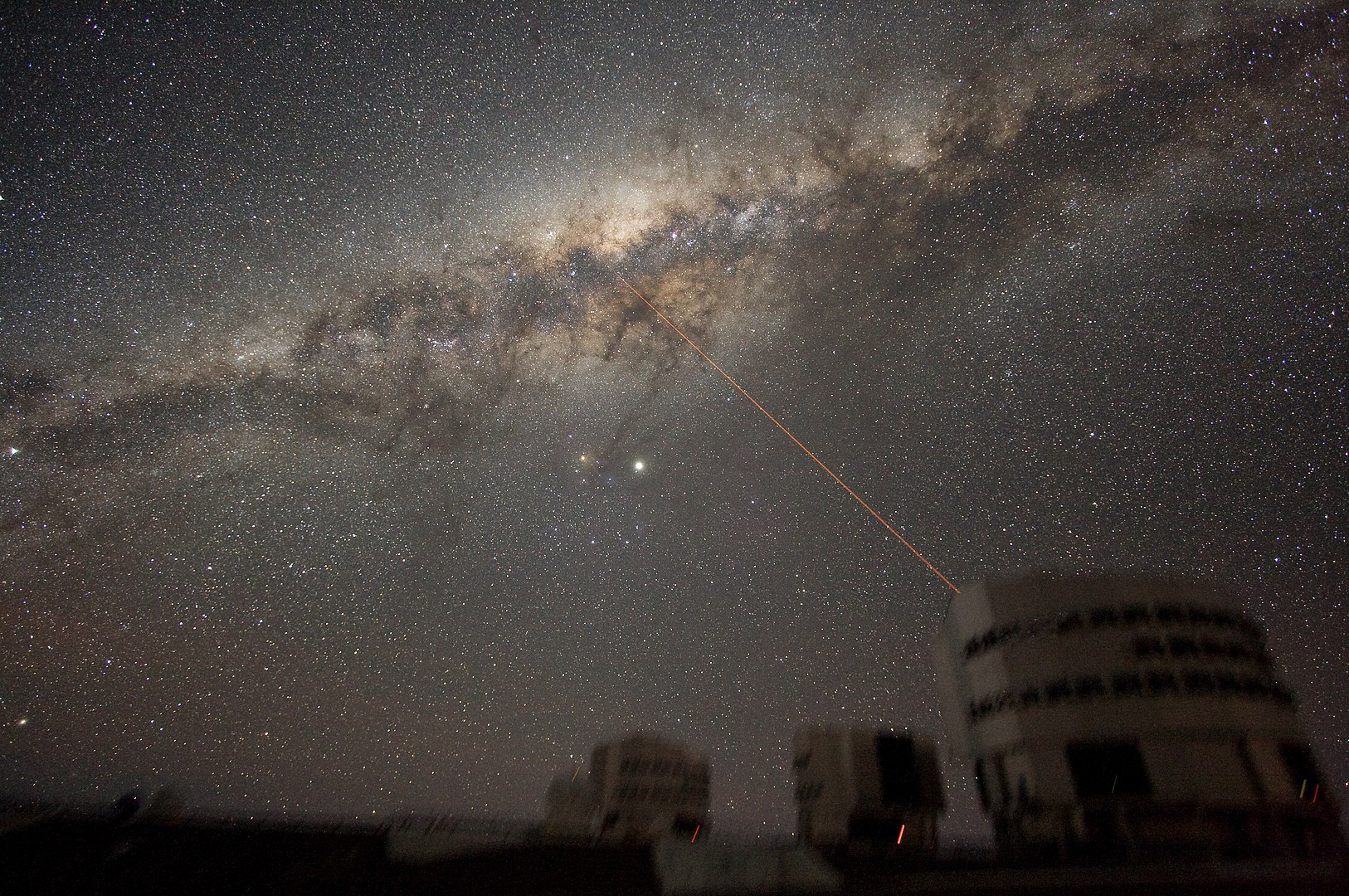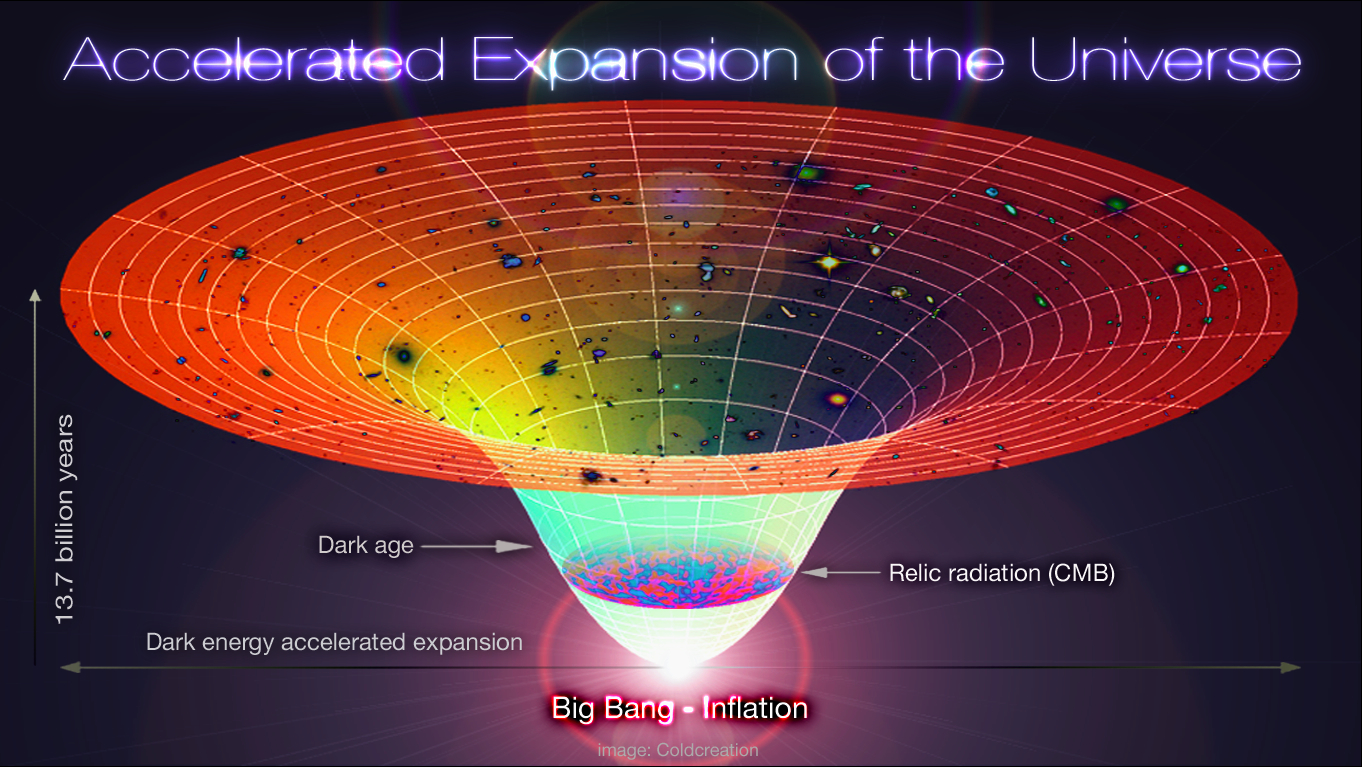When assessing the position of small galaxies, the most reasonable hypothesis that scientists come up with is that they move chaotically around a central galaxy. However, new observations show that the small galaxies form a disc-shaped pattern, not unlike Saturn’s famous rings.
The new discovery makes scientists feel that the knowledge we know contains a big gap.

Milky Way seen from Earth.
To make up for the unfinished theory, the researchers suggest that the small galaxies collided with an invisible “wall” made up of a new type of particle called a symmetron. If these mysterious particles of matter really existed, the concepts of physics as we know them would not be the same.
According to the normative theory, known as the Lambda Cold Dark Matter (ΛCDM) model, the universe is made up of three main components: cosmological constants – is the coefficient contributed by Einstein to help explain the theory of general relativity, cold dark matter – are particles that exist on a hypothetical non-emission, finally ordinary matter that we still interact with every day.
The ΛCDM model originally assumed that small galaxies would be strongly impacted by the gravity emanating from the central galaxy, causing them to have a random orbit in space. However, actual observations show that galaxies move systematically.
To explain the phenomenon that goes against the predictions in the ΛCDM model, two researchers at the University of Nottingham have published a new report (pending verification and approval).

The ΛCDM model describes how the universe continued to expand continuously after the Big Bang, at an increasing rate,
They propose a “fifth force” that could affect small galaxies, causing them to form disks. While still confirming the existence of dark matter, the new model suggests a fifth particle, named symmetron, is what makes up most of the mass of the universe. The Symmetron generates a special force, forms an invisible wall in front of our device, and frames the galaxies.
Aneesh Naik, the lead researcher on the new science, said she got a new insight after a conversation with particle physics experts. Among them is Clare Burrage, an astrophysicist, and his colleagues who helped Naik complete the scientific report.
“We knew we needed new particles, because we already had dark matter and dark energy, so we figured we would need new particles for the standard model to account for all the possibilities.,” explains researcher Naik.

Does the Andromeda Galaxy have an invisible wall around it?
The two scientists used simulation programs to describe how the special wall affects the galaxy. However, the lack of evidence makes the study unable to convince the majority of the scientific community, the team will have to consider next research steps.
“The next stage will be like an adventure into the unknown. These simulation models are still quite simple, […] friction doesn’t exist in it yet,” said Naik.
The answers to the mysteries that are still baffling researchers will immediately explain many questions. Even if the journey to find it is not fruitful, the effort of proof will help us correct inaccuracies. If Naik and Burrage’s research is approved, it could help refine the ΛCDM model, making it more realistic.
Refer to Space, Vice
